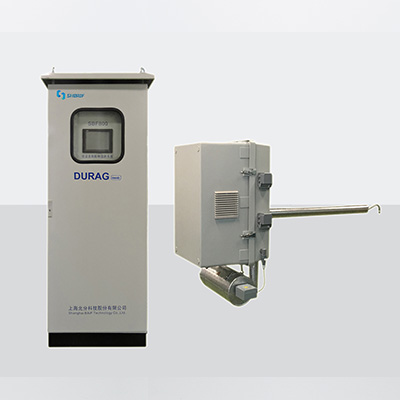
VOCs (Volatile Organic Compounds) widely exist in the living and industrial production environment. Most of the photochemical smog formed in the atmosphere is carcinogenic, teratogenic and mutagenic, which is harmful to the environment and human health. Therefore, the VOC online monitoring system is designed to comprehensively monitor VOCs emissions to reduce their harm to the atmosphere and human body. What gases are monitored by VOC online monitoring system? Lanju Intelligent Technology, a professional manufacturer of VOC online monitoring system, will give you an answer next.
At present, many developed countries have issued corresponding laws to limit VOCs emissions, and added VOCs to monitoring projects. Ultra low emission dust meter There are 56 kinds of VOCs in the photochemical automatic monitoring system in the United States, and more than 30 kinds of VOCs in Europe. The Integrated Emission Standard of Air Pollutants (GB16297-2004) strictly stipulates the emission threshold of 33 kinds of air pollutants, and clearly stipulates the upper limit of the emission of benzene, toluene, xylene, phenols, aniline and nitrobenzene. These gases are the main monitoring direction of the existing VOC online monitoring system in China.

As for the specific application of VOC online monitoring system, the monitoring items are different for different manufacturing emissions. Fixed pollution source VOCs mainly come from spraying industry, leather industry, petrochemical plant, printing industry, sewage/garbage treatment plant, gas station leakage, biomass, coal, semiconductor industry, metallurgical industry, etc. The main detection indicators are benzene series, ultra-low CEMS system non methane total hydrocarbons and some volatile organic solvents.
The current monitoring requirements and standards for VOCS emissions in China are shown in the table below.
According to relevant literature research, the online monitoring of industrial organic waste gas in the centralized industrial park mainly involves TVOC and hydrogen sulfide; The lampblack generated by the catering industry mainly includes benzene, toluene, xylene, polycyclic aromatic hydrocarbons and other harmful substances. The waste gas pollutants during the operation period mainly include settleable particles, fine particles and hydrocarbons; The automobile exhaust contains a large number of olefins and polycyclic aromatic hydrocarbons, such as butene, toluene and xylene, among which C8H10, which may be xylene or ethyl benzene, has a high content.